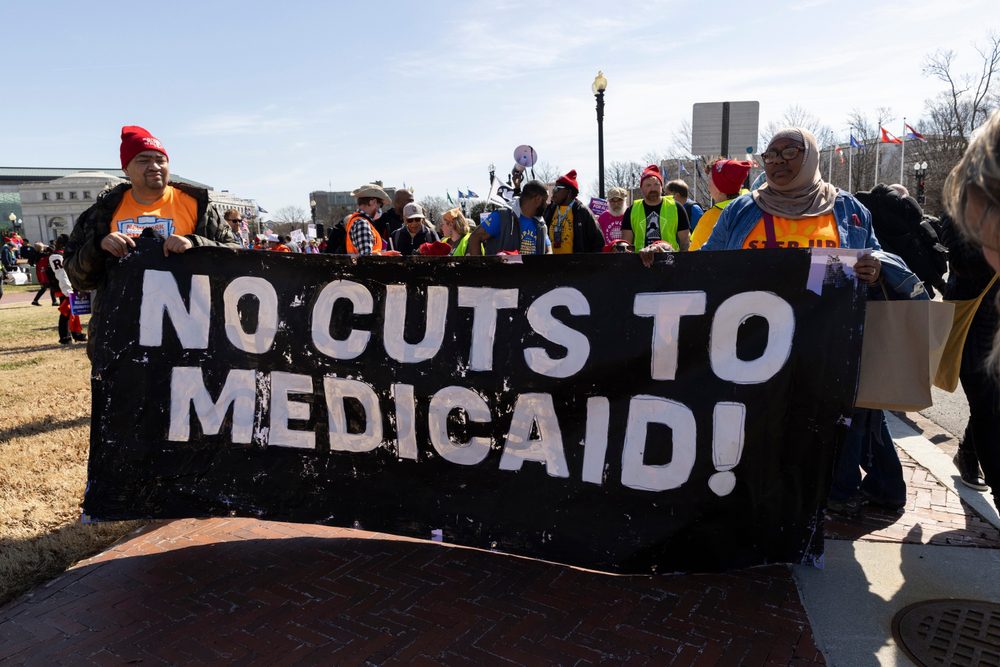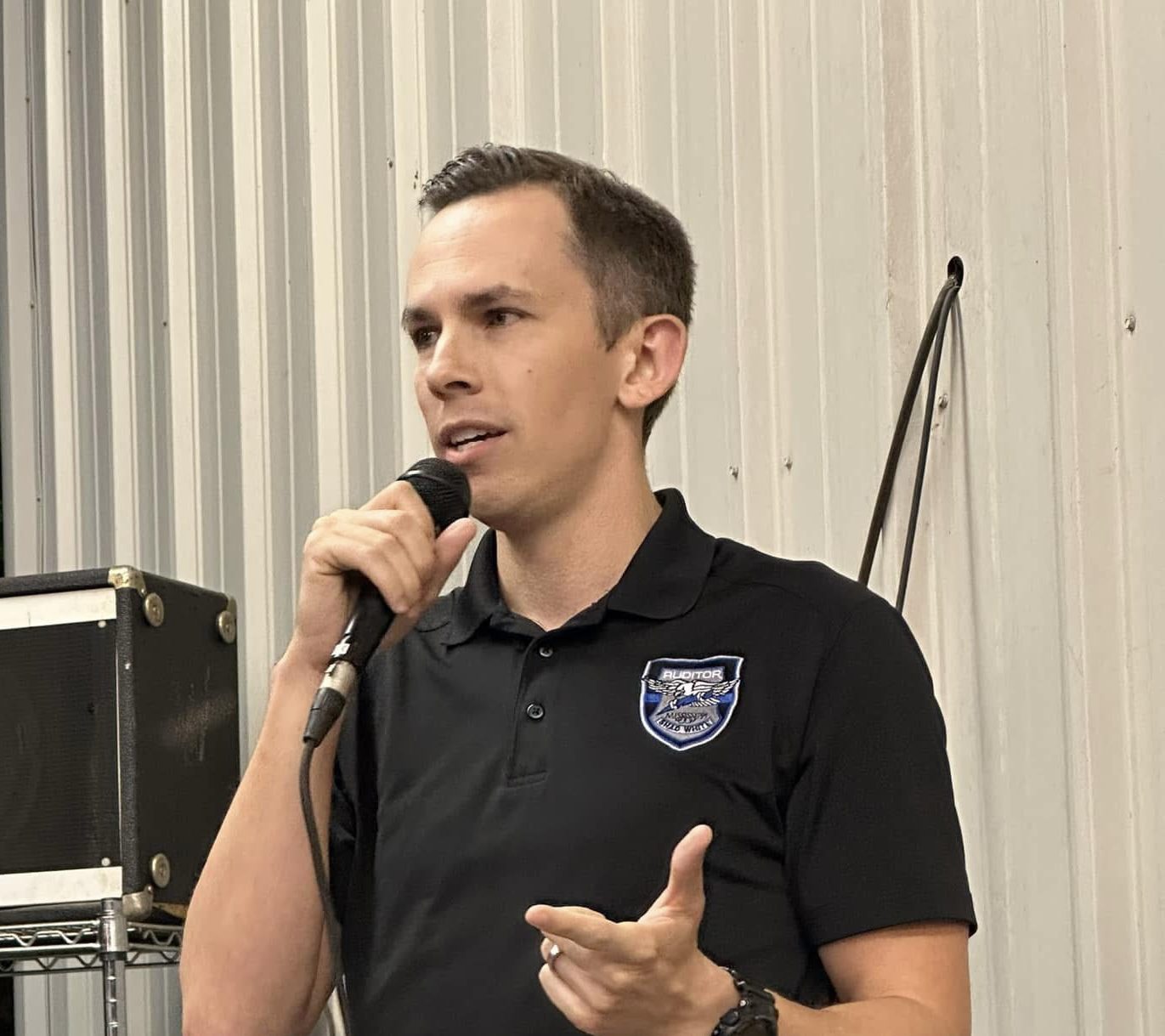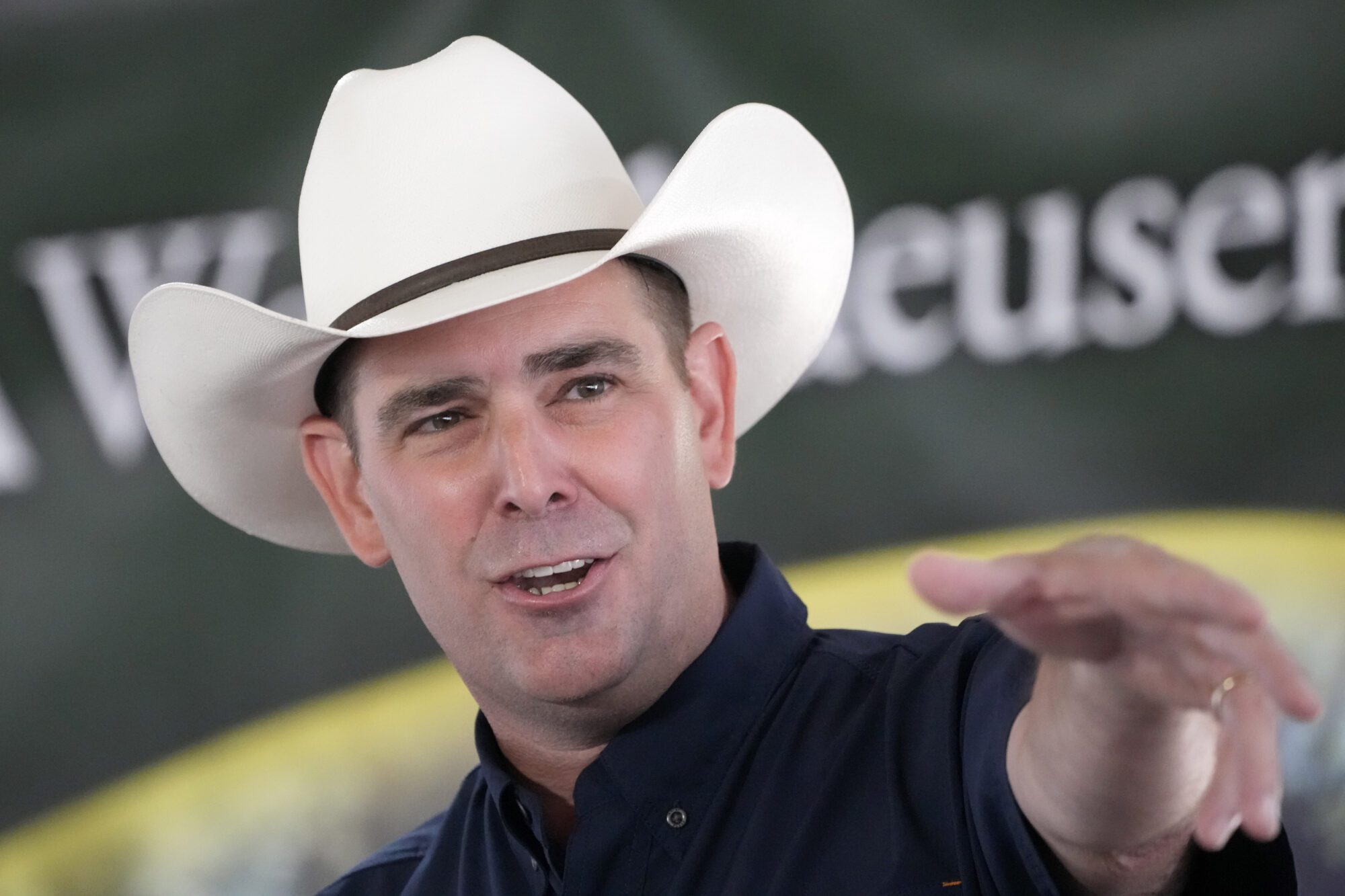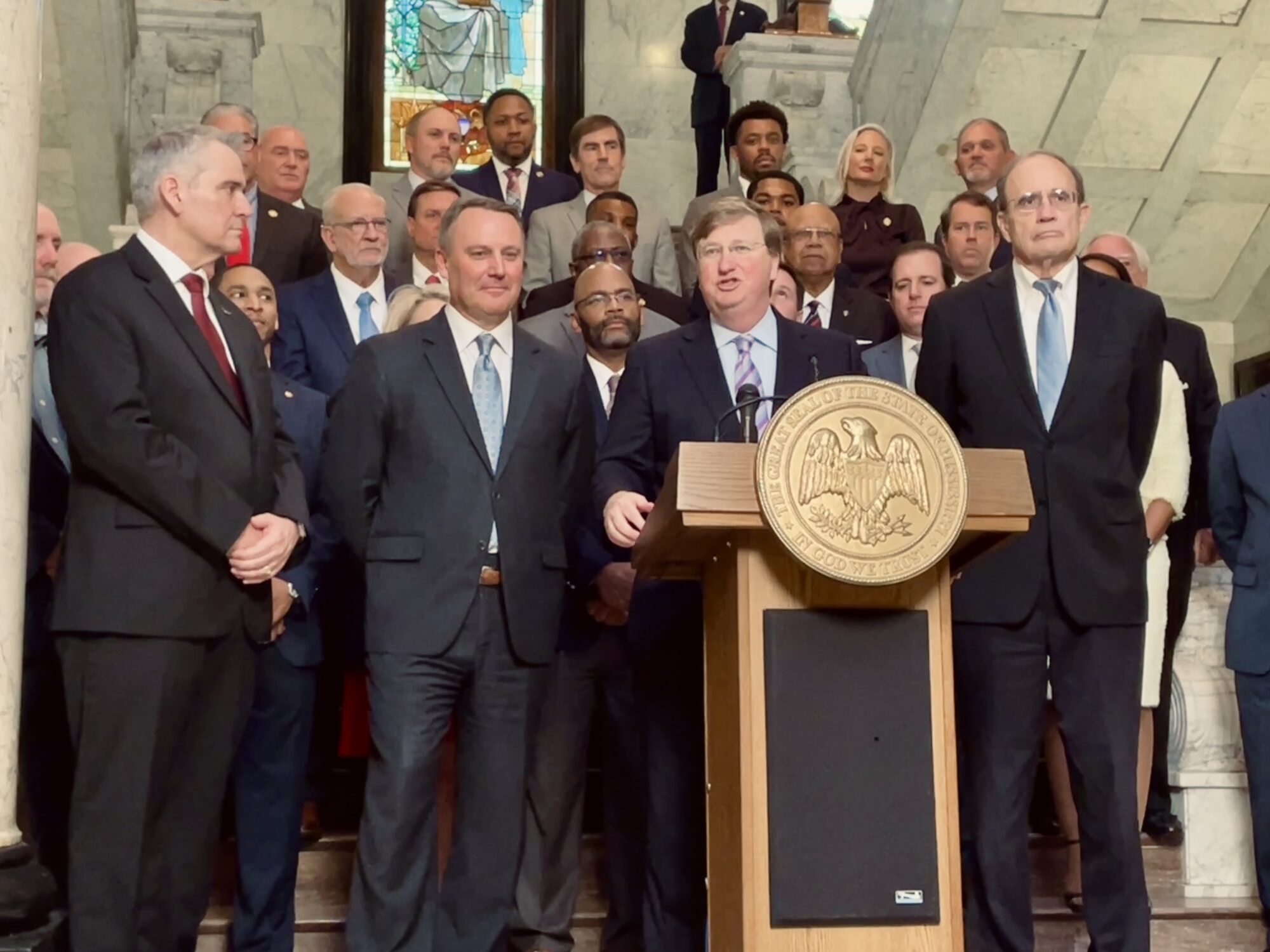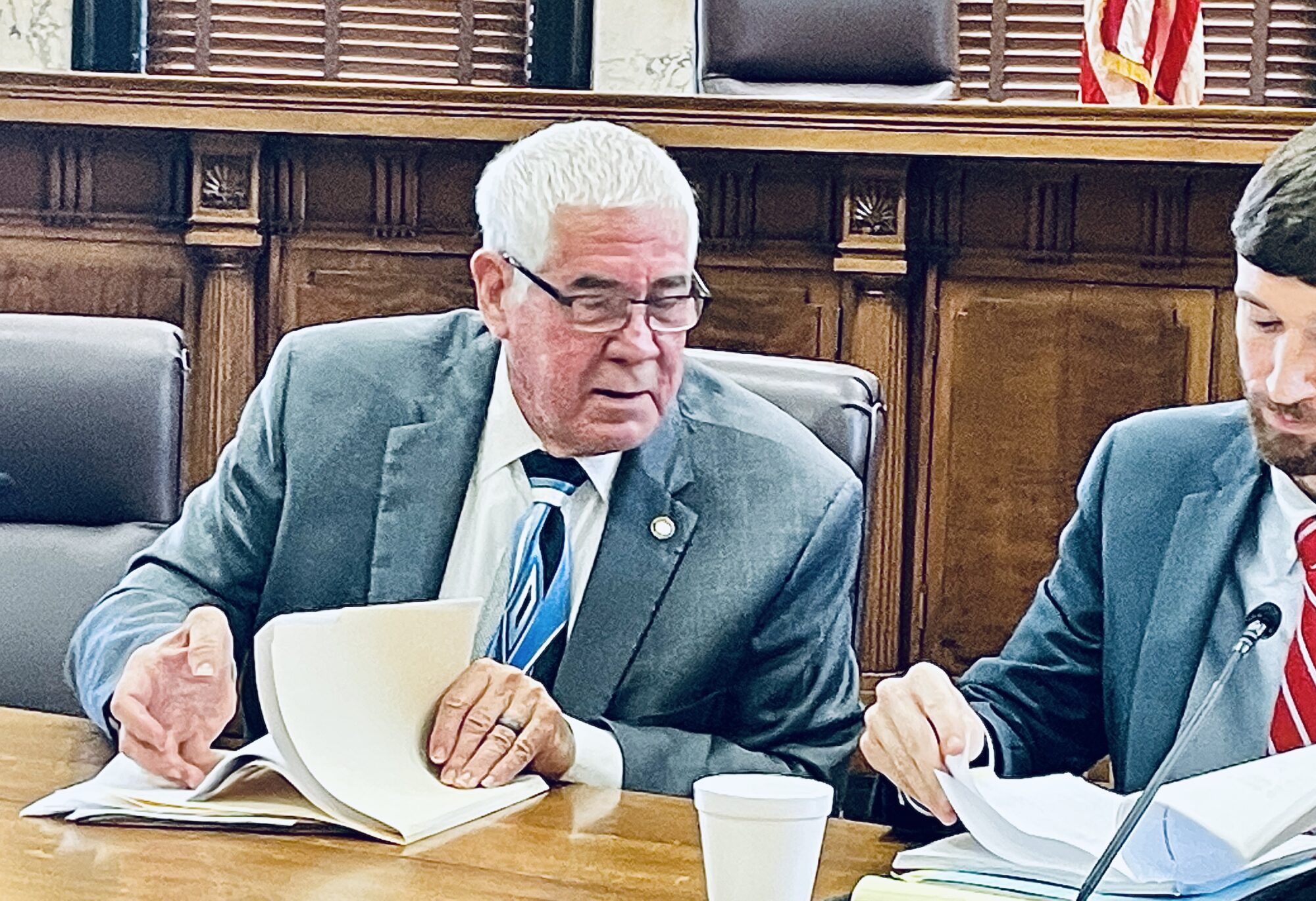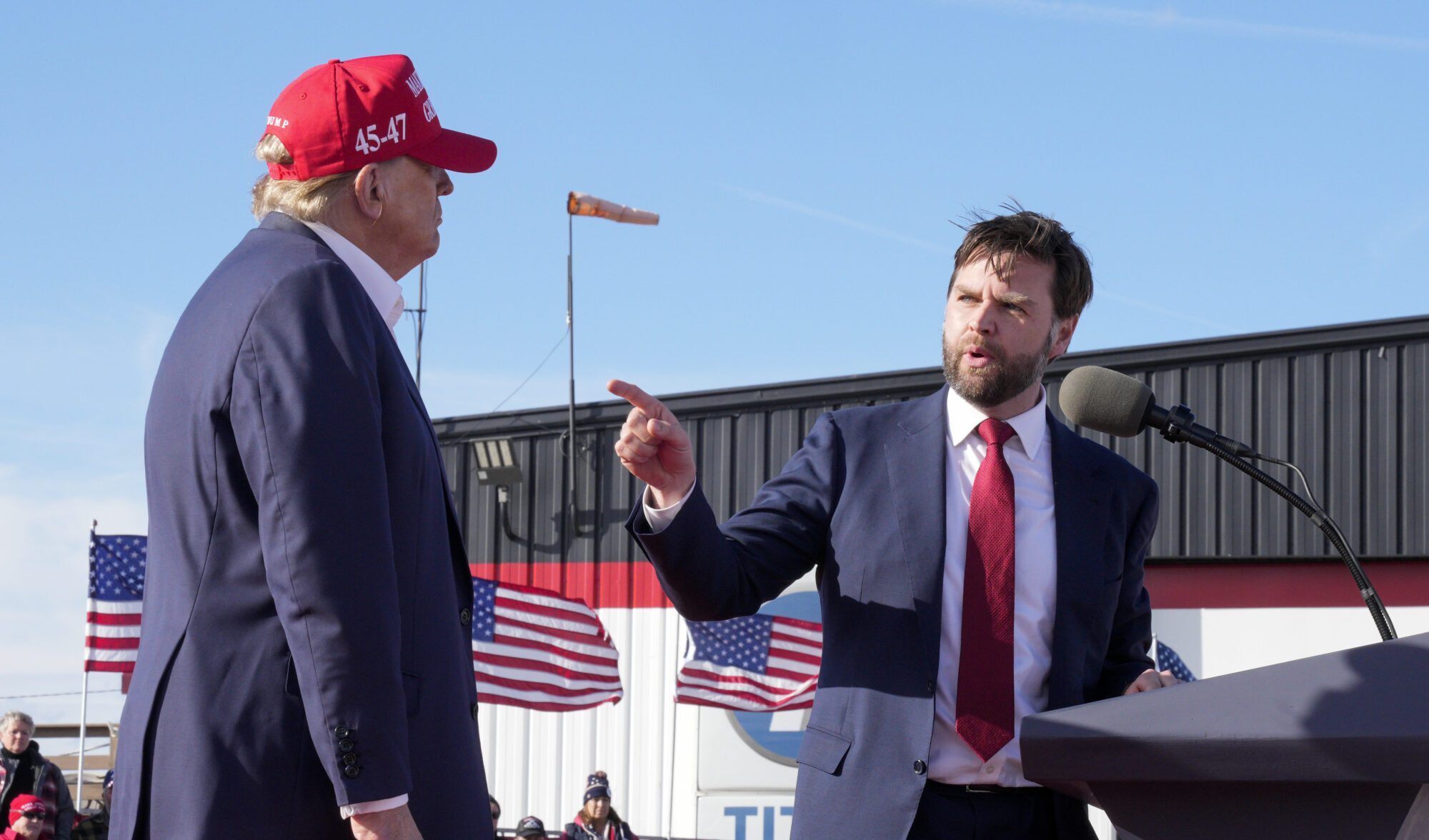
- Answering seven false arguments being advanced by supporters of Medicaid expansion.
In a March Mason-Dixon/Magnolia Tribune poll, a full 90-percent of Republican primary voters voiced opposition to Medicaid expansion for people who refuse to work. A full court press is underway, however, to get a Republican supermajority in the Mississippi Senate to cave on requiring a work requirement and commit to full Medicaid expansion before the close of session.
Proponents have made a series of arguments to support their end goal. Those arguments fail under even mild scrutiny.
False Argument No. 1: Full Medicaid expansion is for the working poor who do not currently have access to health insurance.
Reality: The working poor already have access to health insurance through fully-subsidized private plans on the ACA exchange. Full Medicaid expansion would kick over 180,000 people off of these private health insurance plans. In other words, the vast majority of people who would be added to Medicaid if full expansion occurs already have health insurance.
There are two categories at play with full Medicaid expansion: (1) able-bodied adults making under 100 percent of the Federal Poverty Limit (FPL); and (2) able-bodied adults making between 100-138 percent of the FPL. An individual working full-time making minimum wage earns enough to fall into the second category.
Kaiser Family Foundation estimates there are 74,000 people in the first category (under 100 percent of FPL). As to the second category, the Center for Medicare and Medicaid Services enrollment data shows 181,844 people with incomes between 100-138 enrolled in a private health insurance plan through the ACA exchange. If full expansion occurs, under federal law these people would lose access to the premium subsidies for the ACA exchange and be shifted to Medicaid.
False Argument No 2: Full Medicaid expansion would “close the coverage gap.”
Reality: The Senate’s plan actually closes the coverage gap. Full Medicaid expansion goes far beyond that goal. One of the hallmarks of the campaign to expand Medicaid in Mississippi has been a willingness to play loose with the English language. The “coverage gap” has always been a way of describing able-bodied adults who qualify for neither Medicaid nor a fully-subsidized private plan on the ACA exchange. It has never been a way to describe the full expansion population, but that is how proponents are using it now.
Eligibility for an ACA exchange plan begins at 100 percent of the Federal Poverty Level, so anyone making more than 100 percent of the FPL is not in the coverage gap. As noted above, Kaiser Family Foundation estimates there are 74,000 people in the coverage gap. Full Medicaid expansion goes up to 138 percent of the FPL, and on the low end of estimates would put more than 200,000 on Medicaid.
The Senate’s proposal to expand only to 99 percent of the FPL is the functional definition of “closing the coverage gap.”
False Argument No. 3: ACA exchange plans are too expensive for people to afford.
Reality: Mississippians earning between 100-150 have access to private health plans through the ACA exchange that are free to them. The federal government covers 100 percent of the premium for a private plan on the ACA exchange for people making between 100-150 percent of the FPL. In addition, the federal government offers a cost-sharing reduction of 94 percent on all out-of-pocket expenses, including deductibles. Kaiser Family Foundation says the average deductible on one of these plans is just $90 a year.
However, some of the insurance companies on the exchange effectively eat the 6 percent of out-of-pocket expenses, yielding a health insurance plan that provides medical care that is free to the end user. According to Jonathan Ingram at the Foundation for Government Accountability, every county in Mississippi has access to a $0 premium, $0 deductible, and $0 co-pay plan for doctor visits and generic prescriptions on the ACA exchange for people earning between 100-150 percent of FPL.
False Argument No. 4: Full Medicaid expansion without a work requirement would improve labor force participation rates.
Reality: The Congressional Budget Office says Medicaid expansion decreases labor force participation. Mississippi already has the worst labor force participation rate in the country.
Since enacting Medicaid expansion in 2016, though, Louisiana has experienced a more significant decline in labor force participation rates than even Mississippi. While there are no absolutes, it is a myth that most able-bodied people are not working because they are too unhealthy to do so. Mississippians intuitively understand this. In the March Mason-Dixon/Magnolia Tribune poll, 91 percent of respondents said they believed providing free health insurance without requiring work would make the problem worse.
It’s also important to note that people who are truly too unhealthy to work — the disabled — are already eligible for Medicaid without any expansion.
False Argument No. 5: The state is leaving a billion dollars in federal money on the table by not expanding Medicaid.
Reality: While expansion would bring new Medicaid dollars into the state, it would remove well over a billion dollars annually in federal payments through the ACA exchange.
Every economic impact analysis done on Medicaid expansion to date has been wrong, because every analysis has ignored federal dollars the state would lose under expansion. They have focused only on the plus side of the ledger.
As noted above, CMS says there are 181,844 Mississippians enrolled in the ACA exchange between 100-138 percent of FPL. If expansion were to occur, these individuals would lose their premium subsidies and be shifted onto Medicaid.
Assuming CMS’ numbers are correct, premiums paid on behalf of these individuals amount to over $1.34 billion annually. Under the ACA’s “medical loss ratio” requirement, at least 80 percent of these premiums, or roughly $1.1 billion, have to be spent on providing medical care to insureds. This is to say nothing of the 94 percent cost-sharing reduction for deductibles and co-pays paid directly by the federal government to healthcare providers in Mississippi, which likely reflect hundreds of millions in additional payments.
If full Medicaid expansion were to occur up to 138 percent of the FPL, the state would lose these dollars.
False Argument No 6: Medicaid expansion will solve for hospitals’ uncompensated care. Without it, hospitals in Mississippi will fail.
Reality: Recent changes in CMS reimbursement rates more than make up for all of the uncompensated care hospitals provide. It’s been estimated that Mississippi hospitals provide $600 million annually in “uncompensated care” to individuals who cannot afford it, and that Medicaid expansion would make up for roughly $250 million of this loss.
There are two programs available to hospitals to help account for uncompensated care losses. The Mississippi Hospital Access Program, with a current budget of over $1.5 billion annually, and the smaller Disproportionate Share Hospital program (DSH) aimed at helping hospitals who serve a high percentage of low-income patients.
MHAP has recently been bolstered to the tune of over $700 million annually after Gov. Tate Reeves secured a change in the rates CMS uses to reimburse. In other words, that change alone covers the reported uncompensated care to hospitals.
The struggle hospitals are facing has less to do with uncompensated care as it does with declining rural populations and a shift in the delivery model of care away from high-margin inpatient care toward outpatient care. Arkansas and Lousiana, two similarly situated states that have both expanded Medicaid, both report the same percentage of at-risk hospitals as Mississippi.
False Argument No. 7: The ‘Arkansas model’ offers a “middle ground.”
Reality: The Arkansas model is the most expensive form of Medicaid expansion the state could choose. In an effort to avoid the “Obamacare” label, Arkansas decided to use Medicaid dollars to purchase private health insurance plans for Medicaid enrollees. While every state that has expanded Medicaid has experienced massive enrollment and cost overruns, Arkansas’ experience may be the worst.
The state’s Medicaid budget has more than doubled and the plan has had to be changed multiple times. Despite the expense, Arkansas continues to be ranked dead last in health outcomes by America’s Health Rankings a full decade after expansion and has the same percentage of at-risk hospitals (actually slightly worse).
What’s more, choosing the Arkansas model is the equivalent of agreeing to pay 10 percent of what the federal government is already paying 100 percent of on the ACA exchange. It defies any semblance of logic.

